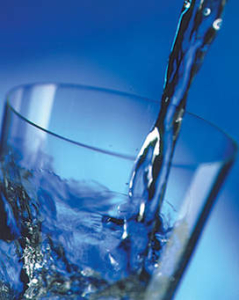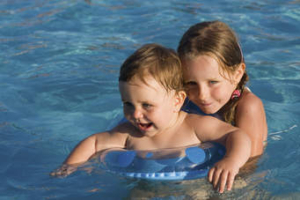Water, Water, Everywhere by Karen Coney Coplin
Health, Well-being and Safety
It’s the third month of the year, are you keeping your resolutions, such as: Stay hydrated?
 Oftentimes, if you feel hungry, you may first want to have a glass of water or other beverage before turning to a snack. Or, if a headache is coming on, drinking water may cut through and abate some or all of your symptoms, even without medication.
Oftentimes, if you feel hungry, you may first want to have a glass of water or other beverage before turning to a snack. Or, if a headache is coming on, drinking water may cut through and abate some or all of your symptoms, even without medication.
Water also cleanses the body – both internally and, of course, externally when bathing, showering or even swimming. Our own bodies are 60% water, give or take. It’s a higher percentage for our brains – hence the headache relief when water is added to the digestive system – and hearts, with an even higher percentage still (over 80%) for our lungs. And, our blood is 90% water.
So it’s no surprise that water helps increase energy levels and brain function, and maximize athletic performance. What about water in the world around us? Our entire state is surrounded by water and this is foremost on the minds of most, including visitors and newcomers who seek out the beach, bay, and other settings which afford easy access to the great outdoors, and all it offers in terms of swimming, kayaking, shelling, and enjoying the sun slowly setting over the Gulf of Mexico horizon.
I read a quote which was not directed toward Naples, or even Florida, but it spoke to me and maybe you, too:
“Water is the lifeblood of our bodies, our economy, our nation and our well-being.” – Stephen Johnson
This rang true with the debilitating red tide bloom in 2018, which persisted for many weeks. We’ve even experienced a somewhat less severe bloom in recent weeks. As this goes to press, it seems that the necessary factors for continued growth, such as overabundant nutrients in the water and excess rainfall, are not present at the same levels as in the Fall, 2018. All of this talk of water leads to the issue of water safety – especially at home.
It was a year ago when I read a distressing statistic for the State of Florida – child drownings, mostly at home, had increased by 70% over the same time period a year before, in 2019. Much of this was attributed to more time at home, due to COVID-19, school closures and the like.
The most common and tragic denominator of this and more recent statistics: the lack of detection of a toddler or young child exiting the home to a pool. (Young toddlers also drown in buckets of water and bathtubs; older toddlers and very young children will find their way to a swimming pool.)
Many consumer safety boards recommend “layers of protection” to protect the youngest of your family or family visitors. Barriers – gates, locks, safety fences – serve to keep young children out of harm’s way, or, the thought goes, at least until they are noticed as missing. Alarms on doors and windows leading to the pool are surefire ways to alert the household that pool access has been breached.
 Young children should be watched, vigilantly. One website warns that the silent killer, drowning, can occur in the short time needed to transfer a load of laundry from the washer to the dryer. Swim lessons can save lives and should be something all family members consider as part of the package of living in a pool home, or near the water, whether in Naples or elsewhere.
Young children should be watched, vigilantly. One website warns that the silent killer, drowning, can occur in the short time needed to transfer a load of laundry from the washer to the dryer. Swim lessons can save lives and should be something all family members consider as part of the package of living in a pool home, or near the water, whether in Naples or elsewhere.
CPR lessons (now, available online) can save lives, too. For more information on creating a safer home for all, visit: http://www.watersmartfl.com/index.html for additional suggestions and a refresher about your home and pool, or nearby pools.
“Water is the driving force of all nature.” – Leonardo da Vinci
Email Karen with your article ideas concerning Life in Naples (especially as to local charities and their activities): Napleskcc@gmail.com. Follow her on Instagram for more vignettes about Life in Naples: @naplesbythenumbers.




Leave a Reply
Want to join the discussion?Feel free to contribute!